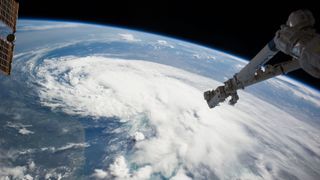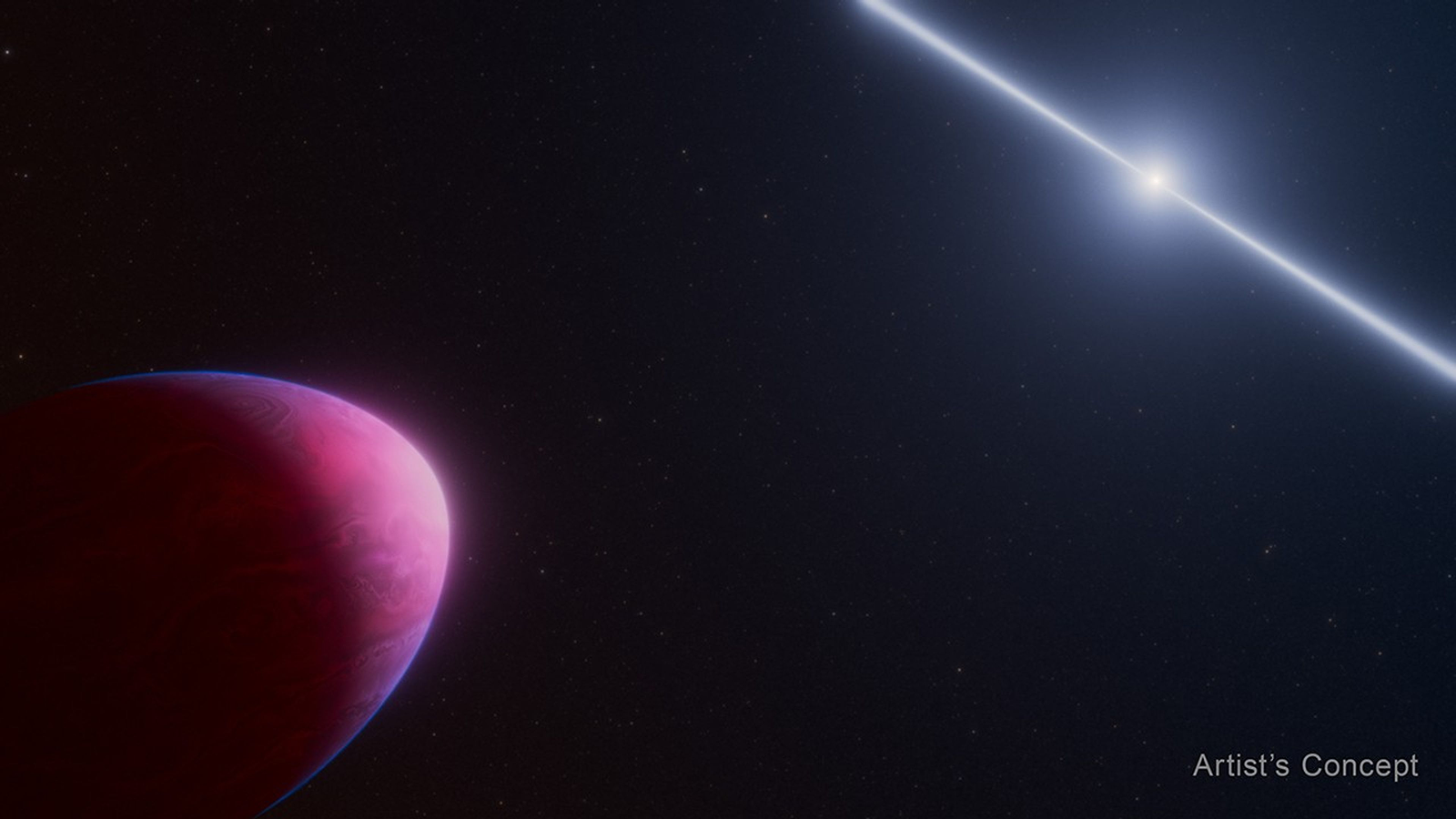earth
Latest about earth
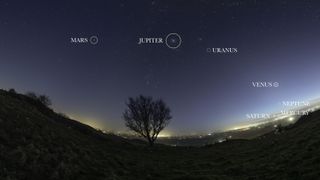
'Planet parade' photo captures 7 planets in a line over Earth — possibly for the 1st time ever
By Ben Turner published
A stunning photo of a "parade of planets", shows Mars, Jupiter, Uranus, Saturn, Venus, Neptune, and Mercury in alignment from Earth. The image could be the first of its kind.
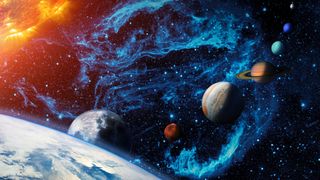
'Planet parade' 2025: See the ultra-rare planetary alignment peak this week, before Saturn gets swallowed by the sunset
By Ben Turner published
A stunning "parade of planets" will grace the night sky this week, with all seven of Earth's celestial neighbors joining the show. Here's how to spot it and why it happens.
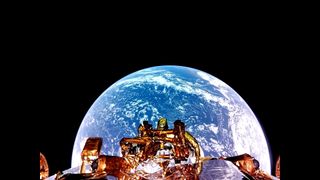
Blue Ghost spacecraft captures rare, stunning views of Earth eclipsing the moon
By Damien Pine published
Firefly Aerospace's Blue Ghost spacecraft took some unique photos of our home planet on its Mission 1 flight to the moon in late January and early February. The spacecraft is now in orbit around the moon, with a planned landing date of March 2.
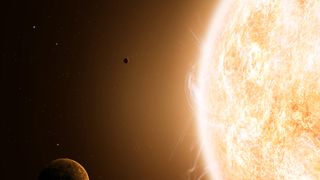
Sun quiz: How well do you know our home star?
By Harry Baker published
Quiz Test your knowledge on the giant ball of burning gas at the heart of the solar system.
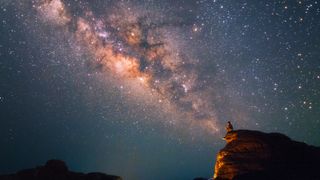
Milky Way quiz: How well do you know our home galaxy?
By Harry Baker published
Quiz Test your knowledge of the Milky Way's size, speed, age, galactic neighbors and more.
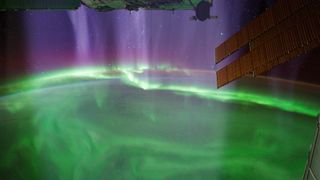
Potentially deadly 'chirping waves' detected in baffling location near Earth, and scientists are stumped
By Ben Turner published
Chorus waves are mysterious, chirping signals produced by spiraling plasma inside our planet's magnetic field. But a new detection suggests scientists may understand less about them than first thought.
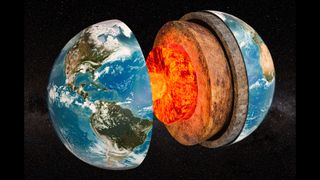
What's inside Earth quiz: Test your knowledge of our planet's hidden layers
By Sascha Pare published
Quiz How's your knowledge of Earth's geology? Flat, round or global?
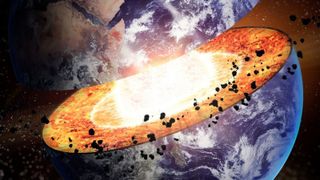
Scientists discover 'sunken worlds' hidden deep within Earth's mantle that shouldn't be there
By Harry Baker published
A new way of measuring structures deep inside Earth has highlighted numerous previously unknown blobs within our planet's mantle. These anomalies are surprisingly similar to sunken chunks of Earth's crust but appear in seemingly impossible places.
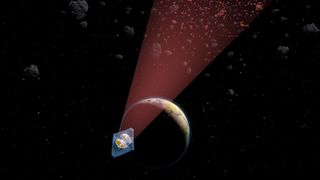
James Webb telescope spots more than 100 new asteroids between Jupiter and Mars — and some are heading toward Earth
By Sharmila Kuthunur published
Astronomers analyzing archival images from JWST have discovered an unexpectedly vast population of the smallest asteroids ever seen in the asteroid belt between Mars and Jupiter.
Get the world’s most fascinating discoveries delivered straight to your inbox.


